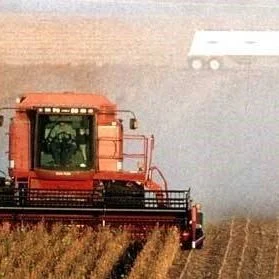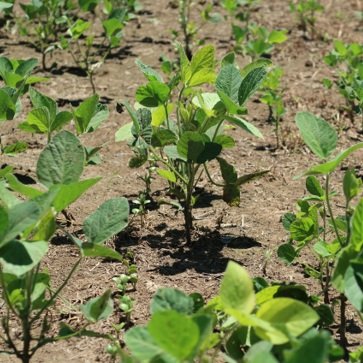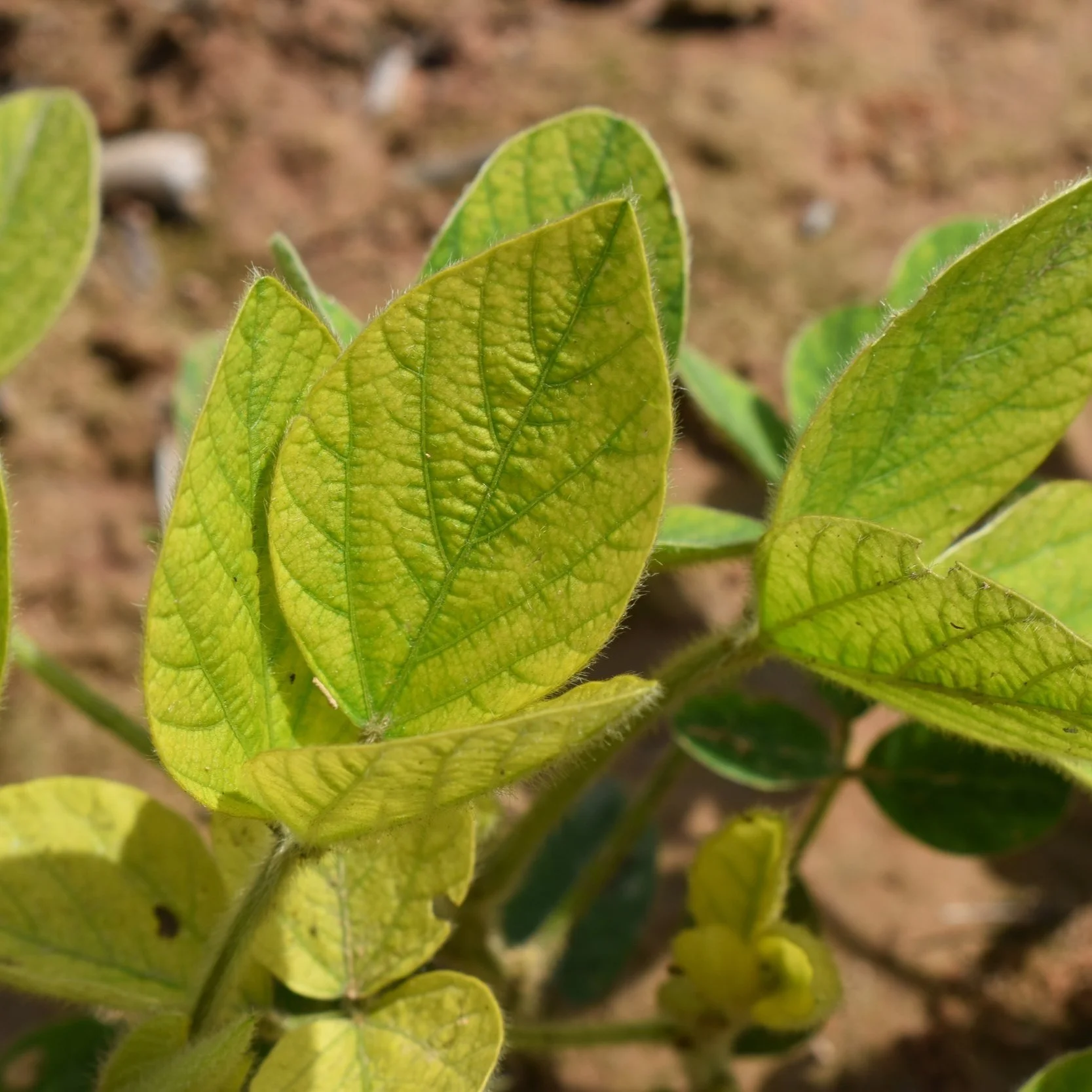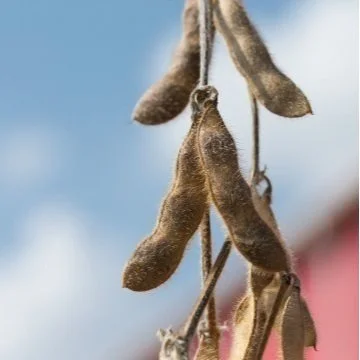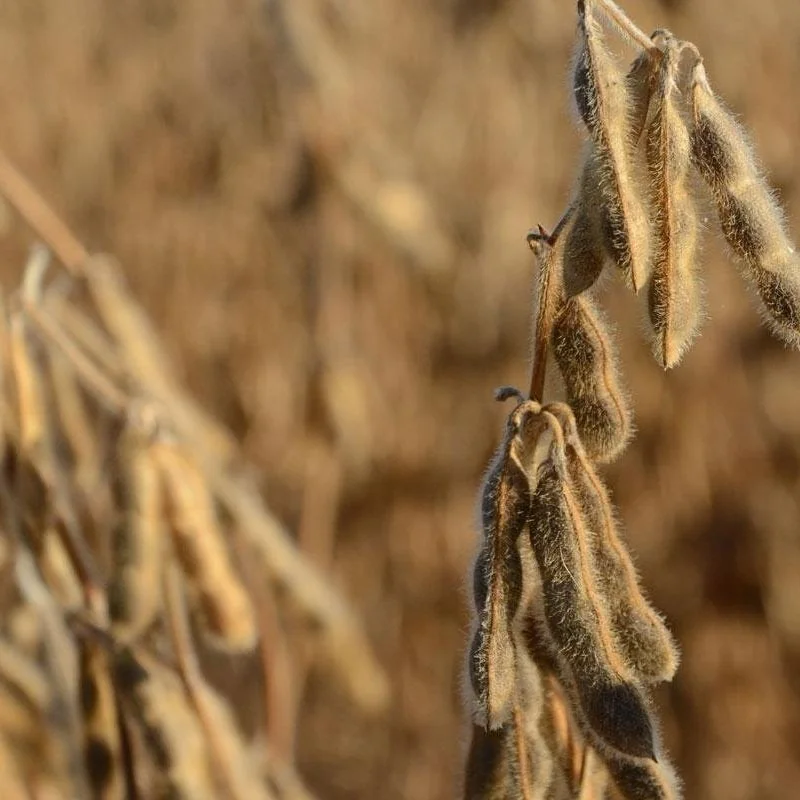It is important to follow the label when applying any pesticide, including those labeled for harvest aid in soybean. Some restrictions found on harvest herbicide labels include soybean growth habit (indeterminate versus determinate), growth stage, percent mature pods and percent leaf drop. It is important to follow restrictions on spray volumes and preharvest intervals. Table 1 list herbicides that are labeled for preharvest application in soybean.
Read MoreRecently, there have been increased reports of corn earworms infesting soybean fields across the state. Corn earworm (aka bollworm or soybean podworm) can cause occasional but severe damage to soybean. The primary damage caused by corn earworm occurs during the larval stages when the insect feeds on the soybean flowers and pods. This feeding activity leads to direct yield losses as pods abort, or the larvae consume or injure developing seeds.
Read MoreThe reniform and Southern root-knot nematodes are the two most common nematodes found in Louisiana agricultural fields. These microscopic animals can cause big yield losses, and one scientist with the LSU AgCenter is working on solutions to this problem. AgCenter reporter Craig Gautreaux has the story.
Read MoreUSDA says 100% of the soybean crop in Iowa, Minnesota, and Louisiana is out of the ground. Emergence progress this season is ahead of the five-year average pace in every top soybean growing state. Monday’s Crop Progress report said 96% of the national soybean crop has emerged.
Read MoreYellowing leaves on soybeans? That has to be a potassium deficiency, right? Maybe not. While yellowing in the middle or upper canopy is usually a sign of potassium deficiency, it could mean something worse is lurking below the soil surface. Often, a superficial glance isn’t enough to get to the root of the problem.
Read MoreIf you find irregular patches of soybean plants that look generally stunted, yellow, or dead, the cause could be nematodes. Generally, nematodes jeopardize the root system of the plant. Therefore, the plants will often have symptoms that mimic other maladies such as drought and nutrient deficiency. It is not uncommon to find nematodes throughout Louisiana. A recent survey (2019-2021) detected Southern root-knot nematodes in 22% of 164 fields.
Read MoreBetween 2002 and 2022, soybeans were the second-most planted crop in the United States, behind corn. The exception was in 2018 when acreage planted to soybeans surpassed corn. While the total acres planted to soybeans generally have been less than to corn, the rate of growth in soybean sowings has exceeded corn since the early 2000s.
Read MoreThe chair of the United Soybean Board says progress is being made on a project to deepen the lower Mississippi River and improve the efficiency of ag exports.
The Army Corps of Engineers is deepening more than 250 miles of the Mississippi River from Baton Rouge, Louisiana to the Gulf of Mexico.
Read MoreThe Mississippi River is a critical infrastructural waterway connecting U.S. products to export customers globally. Gov. John Bel Edwards will be meeting with U.S. farmers and other organizations to discuss its economic impact on the state of Louisiana.
Read MoreNitrogen (N) is one of the most essential nutrients required for crop growth, development and reproduction. It is the building block of proteins, amino acids, chlorophyll and DNA. Plants require more nitrogen than any other mineral nutrient. Generally, the aboveground portion of the plant contains 3% to 4% nitrogen. Therefore, fertilizing with nitrogen sources is often required for maximizing crop yield and profit.
Read MoreFreezing temperatures didn't reduce insect pressure in Mississippi and Louisiana row crops. Soybean farmers can expect waves of redbanded stinkbugs.
Read MoreIron is an important element for several plant functions such as chlorophyll synthesis, photosynthesis, and respiration. If plants are deficient in iron, the symptoms begin as interveinal chlorosis in the younger leaves .If the deficiency is severe, the symptoms can be white or necrotic leaves
Read MoreHarvest aid application can expedite soybean (Glycine max) harvest and increase effi-ciency through both weed and crop desiccation and has become a common practicein Louisiana soybean production systems.
Read MoreLSU AgCenter plant pathologist Sara Thomas-Sharma has been awarded a U.S. Department of Agriculture National Institute of Food and Agriculture grant to study a common disease of soybeans.
Cercospora leaf blight is a disease that continues to be a problem for soybean farmers in the mid-South, with cost to the industry at more than $250 million over the past five years
Read MoreAs soybean plants reach maturity, the membrane that connects each seed to the pod starts to detach, an early step in the plant dying and drying out for harvest. After this point, the soybean seeds no longer have access to the plant’s resources.
“The plants no longer protect the drying soybean seeds, making them vulnerable to weather events,” explains David Moseley, state soybean specialist for the Louisiana State University AgCenter. “Too much rain after soybeans start drying down can cause the seeds to turn brown, reducing quality.”
Read More
